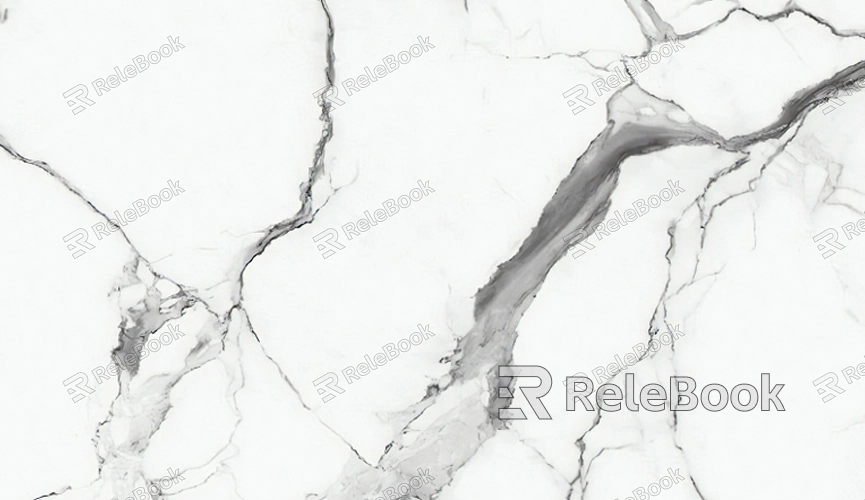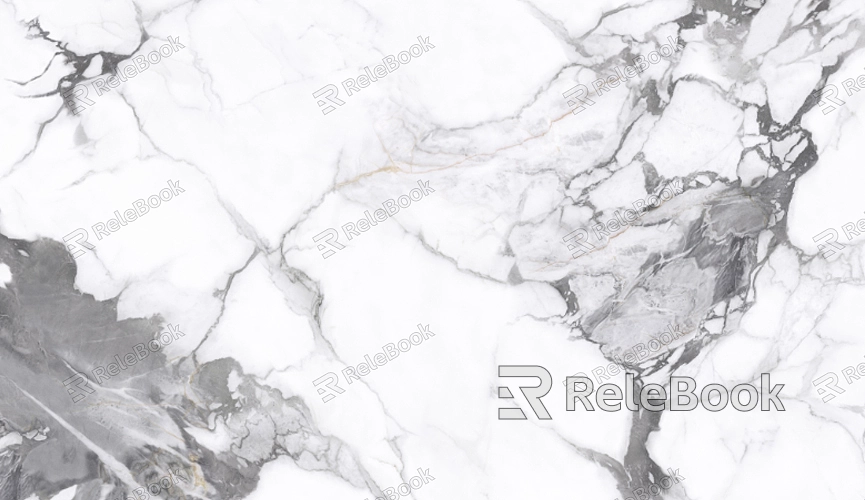What is a Base Map in Textures?
A base map is the foundational layer of a texture, serving as the starting point for creating complex textures. Understanding the concept of base maps and their applications can help artists and designers enhance the quality of their work. In this article, we will delve into base maps in textures, explaining their definition, types, and how to create them.

What is a base map?
A base map is a foundational layer in texture design. It is an image file that typically contains the most basic colors and details. The base map provides a foundation for the subsequent texture overlays. You can think of it as a canvas, upon which additional textures and effects are layered and modified. The quality and design of the base map directly influence the realism of the final result.
Types of Base Maps
Base maps come in various types, each serving unique purposes.
1. Color Base Maps
Color-based maps are the most fundamental type, primarily used to provide the basic color of an object. These maps usually lack intricate details and serve as a color foundation for the following textures. They can be simple solid colors or gradient shades.
2. Reflection Base Maps
Reflection base maps are used to simulate reflective surfaces. They help designers create realistic effects for materials like metal and glass. This type of base map usually requires integration with lighting and environmental effects to achieve a convincing reflection.
3. Normal Base Maps
Normal base maps are utilized to simulate minor surface details, such as bumps and grooves. Through this map, artists can make flat surfaces appear more three-dimensional, enhancing realism. Normal base maps alter the angle of light reflection, making surface details more prominent.
4. Transparency Base Maps
Transparency base maps control the opacity of an object. These maps are typically used for creating materials like glass and water. Artists can adjust the transparency to reveal different effects under varying lighting conditions.

Steps to Create a Base Map
Creating a good base map involves several steps, each crucial for determining the quality of the final result.
1. Collect Reference Materials
Before starting, it’s essential to gather reference materials. Observing real-world objects can inspire design direction. Reference materials help you understand the characteristics and details of different materials.
2. Choose the Right Software
Selecting appropriate software is also key when creating base maps. Common image editing software includes Photoshop and GIMP. These tools allow for easy editing and adjustment of base maps.
3. Create the Base Map
When creating a base map in the software, start with simple shapes and colors to establish a basic framework. Gradually add details and textures. Experimenting with different layers and effects can give the base map more depth.
4. Adjust and Optimize
After completing the base map, it’s necessary to make adjustments and optimizations. Altering brightness, contrast, and color saturation can make the base map more suitable for your needs. Ensure that the base map harmonizes with other textures as well.
Applications of Base Maps in Textures
Base maps have a wide range of applications, and they are essential in nearly all 3D modeling and digital art projects. Here are some specific scenarios.
1. Game Development
In game development, the use of base maps is crucial. They not only provide the fundamental appearance of characters and environments but also impact the overall visual effect of the game. High-quality base maps can significantly enhance the immersive experience.
2. Animation Production
In animation, base maps are also foundational elements. Characters and backgrounds typically require base maps to define shapes and colors. Through base maps, animators can add details and dynamic effects in post-production.
3. Virtual Reality
Base maps are indispensable in virtual reality. To create a realistic virtual environment, base maps need to be combined with high-quality lighting and effects. This ensures users experience authenticity in the virtual world.
Considerations for Base Maps
There are several aspects to pay special attention to when creating base maps.
1. Keep It Simple
Base maps should remain simple, without excessively complex details. Overly intricate base maps may lead to a lack of clarity in subsequent texture effects. A clear and straightforward base map is easier to work with.
2. Be Mindful of the Resolution
The resolution of the base map is also very important. A resolution that is too low may result in missing details, while a resolution that is too high can increase processing demands. Choose an appropriate resolution based on specific needs.
3. Adapt to Different Platforms
When creating base maps, consider the platform on which they will be applied. Different platforms may have varying requirements for textures, so ensuring that base maps can adapt to different rendering environments is key to improving the quality of your work.
FAQ
What’s the difference between a base map and a texture?
A base map is the foundational layer of a texture, providing basic colors and shapes. A texture is built on top of the base map and contains more details and effects.
What software is needed to create base maps?
Common software includes Photoshop, GIMP, and Blender. Choose the software that fits your preferences and needs.
How can I improve the quality of a base map?
Ways to enhance base map quality include gathering reference materials, focusing on a simple design, optimizing resolution, and adapting to platform requirements.
In which fields are base maps used?
Base maps are widely used in game development, animation production, and virtual reality, among other areas.

